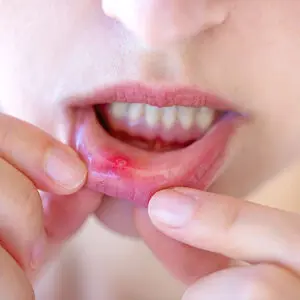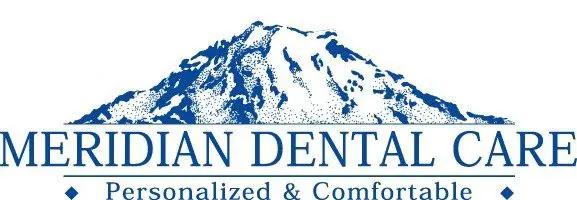
The Best Nutrition for Growing Smiles
WHEN IT COMES TO building strong, healthy smiles, what your family eats is…
April 23, 2025

Interested in a Dental Career?
THE DENTAL FIELD offers a variety of rewarding career paths beyond the familiar…
April 9, 2025

Planning for Your Child’s First Loose Tooth
THE MOMENT A child discovers their first loose tooth is a significant milestone in their development, often…
March 26, 2025

Canker Sores: Prevention, Causes, and Treatment
CANKER SORES, ALSO known as aphthous ulcers, are small, shallow lesions that develop on the soft…
March 12, 2025

Finding the Best Toothbrush for Your Child
ENCOURAGING CHILDREN TO take an active role in their dental health can set them…
February 27, 2025

What’s Unique About Men’s Dental Health?
BOYS AND MEN are, on average, 20% less likely to brush their teeth twice a day, and they’re…
February 12, 2025
